Does Hydroponics Use Less Water? The Ultimate Guide
I get commissions for purchases made through links in this post. View our Affiliate Disclaimer.
Water is a precious resource, and as the global population continues to grow, so does the demand for efficient and sustainable agricultural practices. One method that has been gaining traction in recent years is hydroponics – the science of growing plants without soil, using mineral nutrient solutions in a water solvent. But does hydroponics use less water compared to traditional farming methods?
Hydroponics is a water-efficient method of growing food crops. Water saving can be as high as up to 90% compared to soil-based growing systems. This makes hydroponics an increasingly viable alternative growing method in water-scarce areas to preserve this valuable commodity.
We aim to answer this question and shed light on the water efficiency of hydroponic systems. We will explore the mechanics of hydroponics, explore how these systems manage water usage, and compare this with conventional soil-based farming.
Is Hydroponics A Water-Efficient Growing System?
Unlike traditional farming practices that rely on soil as a medium for water retention, hydroponics utilizes nutrient-rich water solutions that are directly delivered to the plant roots. This targeted approach ensures that plants receive only the necessary amount of water, minimizing wastage and optimizing water usage.
The Principles Of Hydroponics
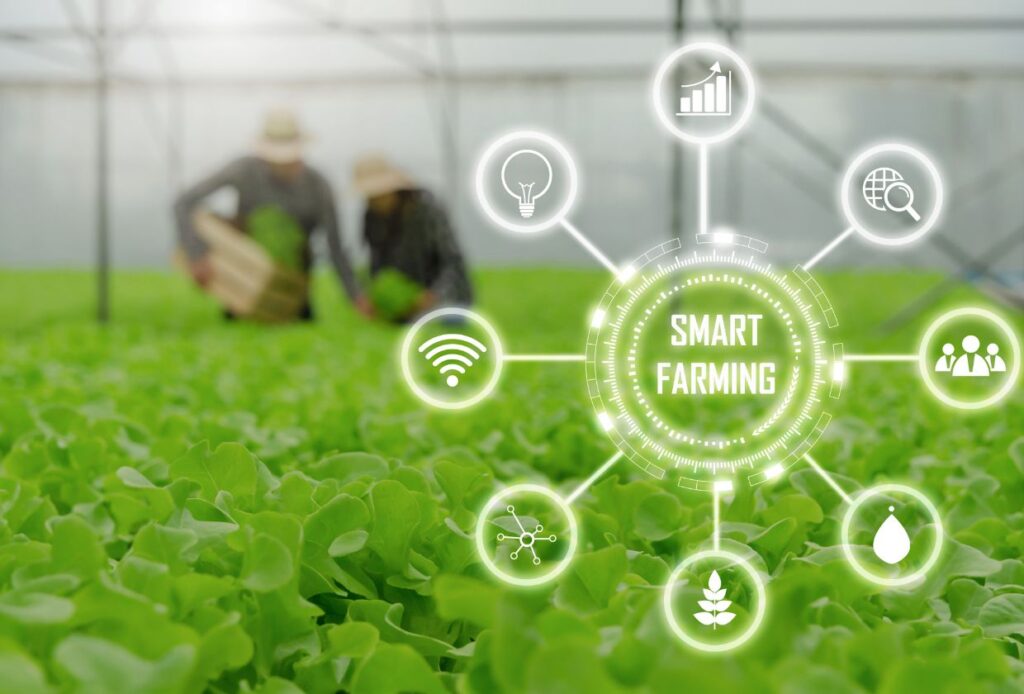
One of the biggest advantages of hydroponics is its ability to use significantly less water compared to traditional soil-based farming.
In a hydroponic system, plants are grown in a water-based, constantly recirculated solution, allowing for efficient water usage.
Unlike traditional farming methods, where water is often wasted through evaporation, runoff, or inefficient irrigation systems, hydroponics ensures that water is used only by the plants and not lost to the environment.
This not only conserves water but also reduces the need for frequent watering, resulting in water savings of up to 90% compared to traditional agriculture.
However, implementing hydroponics does come with its own set of challenges. One of the main challenges is the initial setup cost.
Some hydroponics systems require specialized equipment, such as pumps, grow lights, and monitoring systems, which can be expensive to install. Maintaining a hydroponic system requires technical knowledge and expertise, which may require training or learning fairly technical skills.
Another challenge is the need for a controlled environment for indoor hydroponics. Hydroponic plants can be grown indoors or in greenhouses, where temperature, humidity, and lighting conditions need to be carefully regulated. Any fluctuations in these conditions can negatively impact plant growth and yield.
In certain climates and conditions, outdoor hydroponics can be employed, which requires less infrastructure to control the environment.
Despite these challenges, the advantages of hydroponics, including water savings and increased crop yields, make it a promising solution for sustainable agriculture in regions with water scarcity or limited arable land.
Hydroponic Water Usage Vs. Conventional Growing
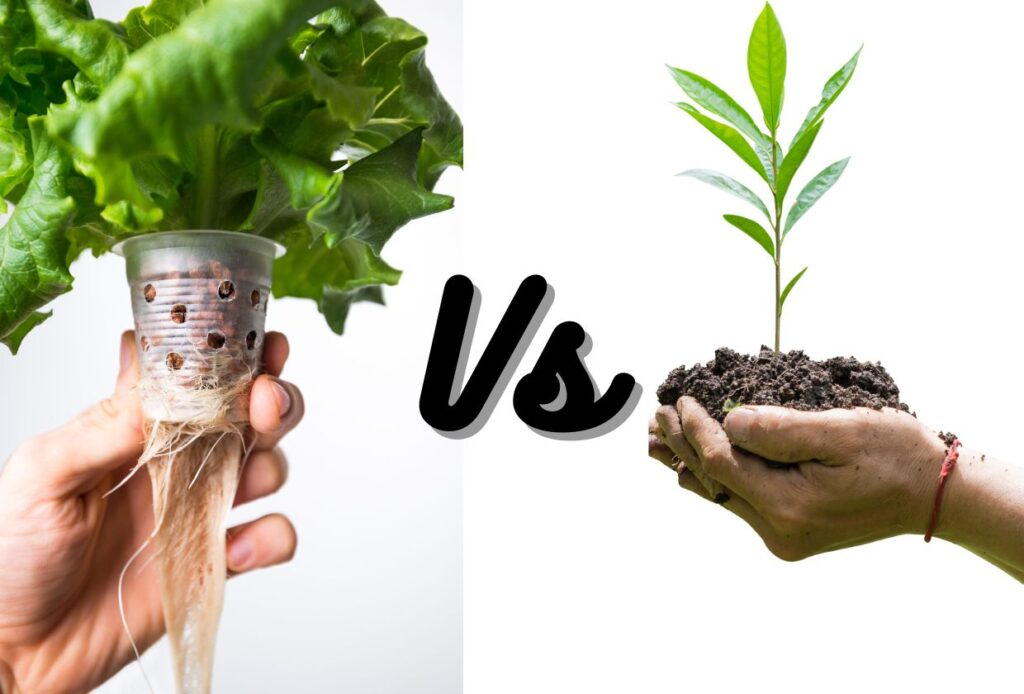
Compared to conventional soil-based agriculture, hydroponics is known for its water efficiency. In hydroponics, plants are grown in a nutrient-rich solution delivered directly to their roots.
This closed system allows for precise control over water usage, minimizing wastage. Unlike traditional growing, where water is lost through evaporation or seeps into the ground, hydroponics recirculates and reuses water, significantly reducing water consumption.
Additionally, the use of techniques such as drip hydroponics and misting systems in hydroponics further optimizes water usage by delivering water directly to the plant roots, minimizing runoff and evaporation.
To further highlight the water efficiency in hydroponics compared to soil-based agriculture, consider the following comparison in water usage.
Hydroponics:
- Utilizes 90% less water than traditional agriculture methods.
- Minimizes water loss through evaporation and runoff.
Soil-based Agriculture:
- Relies heavily on rainwater and irrigation, leading to potential water wastage.
- Water seeps into the ground, often beyond the reach of plant roots.
Hydroponics offers a promising solution to the water challenges faced in soil-growing methods. Hydroponics minimizes water by providing an efficient closed system that recirculates and reuses water consumption while ensuring optimal plant growth.
With its water-saving potential, hydroponics presents a sustainable alternative that can contribute to a more water-conscious future in agriculture.
Additional Must-Have Resources For Successful Homesteading
Get Yours Now!
Does Hydroponics Use Less Water? Scientific Studies
With scientific studies confirming its incredible water-saving potential, hydroponics offers a glimmer of hope for a more sustainable future in agriculture. Water-saving techniques in hydroponics have been thoroughly evaluated, and the results are impressive.
One study found that hydroponics used up to 90% less water compared to conventional soil-based agriculture. This is due to the fact that hydroponic systems recycle and reuse water, minimizing wastage and ensuring that every drop is utilized efficiently.
Additionally, the controlled environment of hydroponics allows for precise irrigation, delivering water directly to the plant roots and minimizing evaporation. These findings highlight the significant water-saving benefits of hydroponics, making it a promising solution for water-scarce regions or areas facing drought conditions.
Evaluating the environmental impact of hydroponics is crucial in understanding its overall sustainability. A study published in the journal MDPI compared the environmental impacts of hydroponic crop production with traditional field-grown production.
The results showed that hydroponics had a lower overall impact, including reduced water use, energy consumption, and pesticide use. By eliminating the need for soil, hydroponics also reduces the potential for soil erosion and nutrient runoff, which can be harmful to nearby water bodies.
These findings suggest that hydroponics has the potential to significantly reduce the environmental footprint of agriculture, offering a more sustainable and efficient way to grow crops while conserving water resources.
As we strive for a more sustainable future, incorporating water-saving techniques like hydroponics can play a crucial role in mitigating the impact of agriculture on our planet’s limited water supply.
Benefits Of Hydroponics In Water-Scarce Regions
In water-scarce regions, hydroponics offers a ray of hope for growing crops sustainably and efficiently. One of the advantages of hydroponics in these areas is its ability to use significantly less water compared to traditional soil-based farming methods.
Hydroponic systems are designed to recirculate and reuse water, minimizing water wastage. This is a crucial advantage in regions where water availability is limited, and conservation is essential for agriculture to thrive. By providing plants with precise amounts of water through a controlled nutrient solution, hydroponics eliminates the need for excessive irrigation, reducing water usage by up to 90% compared to conventional farming methods.
However, implementing hydroponics in water-scarce regions does come with its fair share of challenges. The initial setup and infrastructure required for hydroponic systems can be costly, making it difficult for small-scale farmers in these regions to adopt this technology.
Additionally, maintaining and monitoring the nutrient solution in hydroponic systems requires expertise and knowledge, which may not be easily accessible or affordable for growers in water-scarce regions.
Furthermore, the reliance on electricity to power pumps and other equipment in hydroponic systems can be a challenge in regions with unreliable or limited access to electricity.
Despite these implementation challenges, the potential water-saving benefits of hydroponics make it an attractive option for sustainable agriculture in water-scarce regions, and efforts should be made to overcome these obstacles and promote the adoption of hydroponic farming practices.
Practical Tips For Water Conservation In Hydroponic Systems
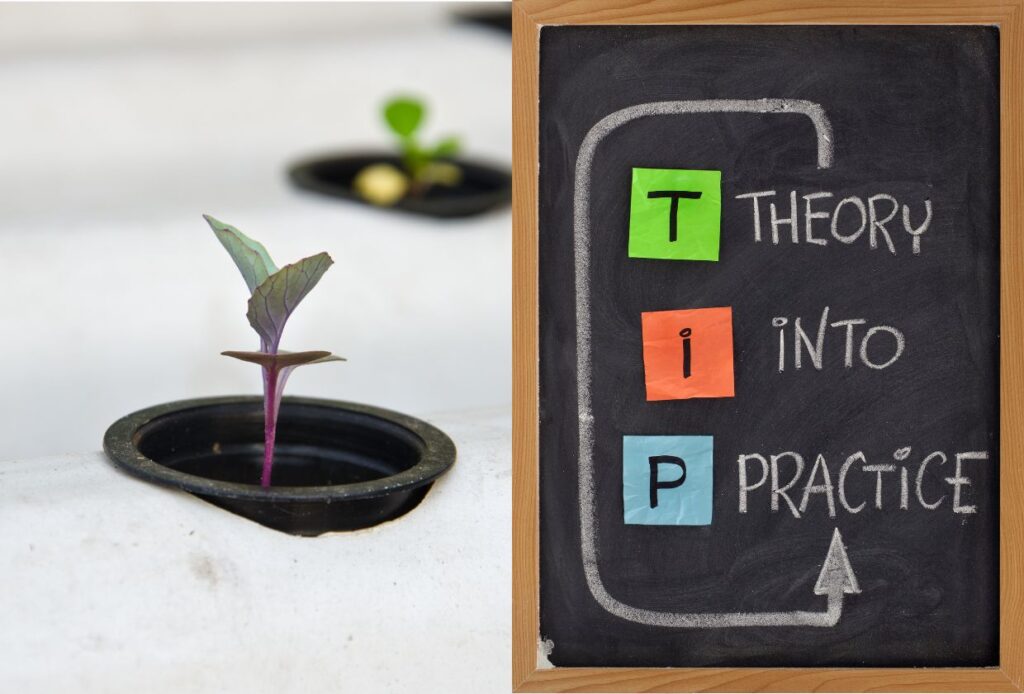
To conserve water in your hydroponic system, it’s essential to carefully monitor and adjust the nutrient solution to provide plants with just the right amount of hydration.
One of the most effective tips for water conservation in hydroponics is to use a water meter or sensor to measure the moisture levels in the growing medium. This will help you determine when and how much water to add, preventing overwatering and unnecessary water waste.
Additionally, it is important to regularly check the pH levels of the nutrient solution. When the pH is too high or too low, plants may struggle to absorb water and nutrients efficiently, leading to water wastage. By regularly monitoring and adjusting the pH, you can ensure that plants are able to uptake water effectively, reducing the overall water consumption in your hydroponic system.
Another technique for water conservation in hydroponics is to implement a recirculating system. Instead of allowing the nutrient solution to drain away, a recirculating system collects and filters the runoff, allowing it to be reused. This not only reduces water waste but also helps to maintain the nutrient balance in the system.
Additionally, using a reservoir with a lid can help minimize water evaporation, further conserving water. Lastly, consider using water-saving techniques such as drip irrigation or micro-sprinklers, which deliver water directly to the root zone of the plants, minimizing water loss due to evaporation.
By following these tips and techniques, you can effectively conserve water in your hydroponic system, ensuring that your plants receive the hydration they need while minimizing water waste.
Hydroponic Growing FAQ
The following are some additional questions we are frequently asked regarding growing food hydroponically.
What are the different types of hydroponic systems available?
There are several types of hydroponic systems available, including vertical farming, deep water culture, ebb and flow, and the nutrient film technique. These systems allow for efficient water usage and maximize space, making hydroponics a sustainable and innovative choice for growing plants.
How does hydroponics compare to traditional farming in terms of crop yield?
When comparing crop yield, hydroponics typically outperforms traditional farming methods. A water usage analysis shows that hydroponics uses less water, making it an efficient and sustainable option for maximizing crop production.
Are there any disadvantages or challenges associated with hydroponics?
Disadvantages and challenges associated with hydroponics include high initial costs, complex nutrient management, susceptibility to power outages, and limited crop variety. However, with proper planning and management, these challenges can be overcome, making hydroponics a viable farming option.
Can hydroponics be used for growing all types of plants, including fruits and vegetables?
Hydroponics is a versatile farming method that can be used to grow a wide variety of fruits and vegetables. Compared to soil crops, hydroponic crops have several advantages, such as increased yield, faster growth, and reduced water usage.
What are the key factors to consider when designing a water-efficient hydroponic system?
When designing a water-efficient hydroponic system, important considerations include maximizing water usage. By carefully selecting the right components, optimizing nutrient delivery, and implementing water recycling techniques, we can minimize water waste and create a sustainable growing environment.
Conclusion
Hydroponics has proven to be a water-saving solution in agriculture. By growing plants without soil and using nutrient-rich water solutions, hydroponic systems require significantly less water compared to conventional agriculture. Scientific studies have consistently shown that hydroponics can reduce water usage by up to 90% while still producing high yields.
This water-saving potential of hydroponics is particularly beneficial in water-scarce regions where traditional farming methods may strain local water resources. By implementing hydroponic systems, farmers in these areas can grow crops more efficiently without depleting precious water supplies. Additionally, hydroponics allows for better control and recycling of water, further minimizing waste.
Practical tips that can be followed to maximize water conservation in hydroponic systems. These include monitoring and adjusting nutrient solutions to avoid overwatering, using water-efficient irrigation methods such as drip systems, and implementing water recycling systems. By implementing these strategies, hydroponic growers can further reduce their water usage and contribute to sustainable agriculture practices.
Overall, hydroponics offers a promising solution to the water scarcity challenges faced by traditional agriculture. With its ability to significantly reduce water consumption while maintaining high crop yields, hydroponics is a research-based and analytical approach to sustainable farming. By embracing this technology and implementing water-saving strategies, we can work towards a more efficient and environmentally friendly future in agriculture.
Get more posts like this
Subscribe to our mailing list and get interesting homesteading and green living info and updates to your email inbox.
Thank you for subscribing.
Something went wrong.





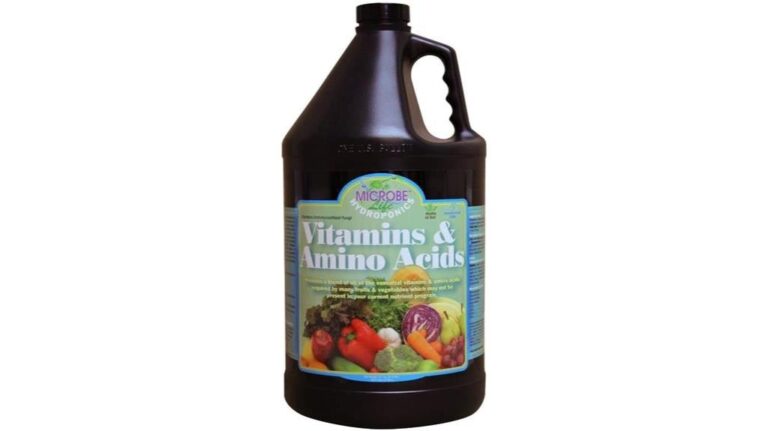
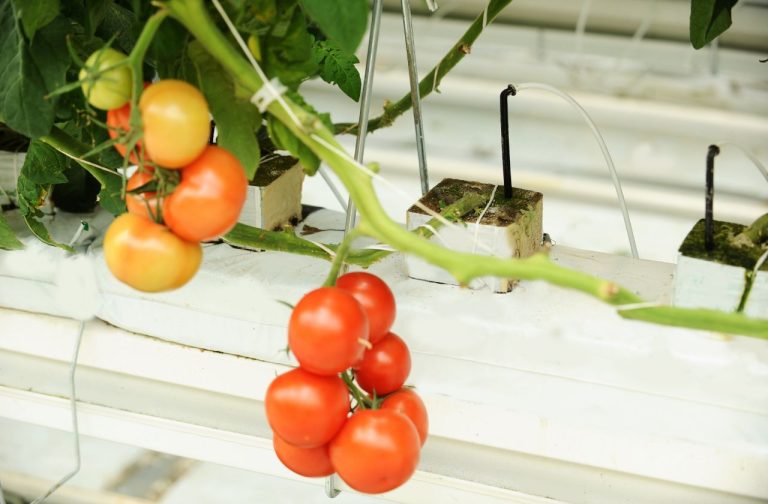

2 Comments